Restaurants
The 1975 McDonald’s Puke-In
Oct 17, 1975: A group of protestors calling themselves the Radical Vegetarian League staged a "puke-in" at a McDonald's on the Ann Arbor campus of the University of Michigan. The protestors drank down a mixture of mustard and water, and then they vomited from the second-floor balcony of the restaurant onto the floor below. They said they were "protesting the poor quality of food served in places like this and the fact that fast food chains go into local communities and drive out small, independent restaurants."Thanks to this story I learned that mustard water has been used as an emetic since ancient times.


Michigan Daily - Oct 18, 1975

Benton Harbor Herald-Palladium - Oct 18, 1975

The McDonald's at which the puke-in occurred. The building was torn down in 1995.
Posted By: Alex - Thu Jun 13, 2024 -
Comments (2)
Category: Restaurants, Riots, Protests and Civil Disobedience, 1970s
Eating ramen as restaurant burns
One of the minor weird-news themes we track here on WU is that of people who are so engrossed in whatever they're doing that they're unfazed by the building burning around them. (See the previous posts "Can't miss the show", "Unfazed by fire", and "The Smoke-Filled Room").The phenomenon was seen recently at a Ramen Jiro restaurant in Tokyo. As thick smoke began to fill the restaurant, the diners inside simply continued to eat their noodles as if nothing was wrong. More info: SoraNews24
Posted By: Alex - Fri Jun 07, 2024 -
Comments (2)
Category: Restaurants, Psychology
Good Waitress, Bad Waitress
Stills from a 1950s-era film made to train waitresses at Krystal restaurants.
Bad Waitress
Info from the Chattanooga Times:
Chattanooga-based Continental Films deployed the Bad Waitress in films and slideshows during the 1950s and early 1960s to teach Krystal employees how to give excellent customer service. (Yes, Krystal once had waitresses.)
The same actress returns as a nonsmoking Good Waitress wearing a spotless uniform. Her hair is swept into a neat bouffant, her eyebrows perfectly plucked and her makeup is modest. She even smiles demurely.

Good Waitress
The film was part of a collection donated to the Chattanooga History Center. But I don't think they've put the film online yet.
Posted By: Alex - Wed May 08, 2024 -
Comments (0)
Category: Movies, Restaurants, 1950s
The Linden Springs Rocket Restaurant
The Linden Springs Rocket Restaurant, located in Staunton, Virginia, opened in 1959. A full-size, neon-lit rocket stood outside of it.Going along with the theme of being a restaurant of the future, it boasted that it served food "cooked by radar." By this it meant that the food was microwaved.
This has to be one of the few times that a restaurant has actually bragged about serving microwave-cooked food.
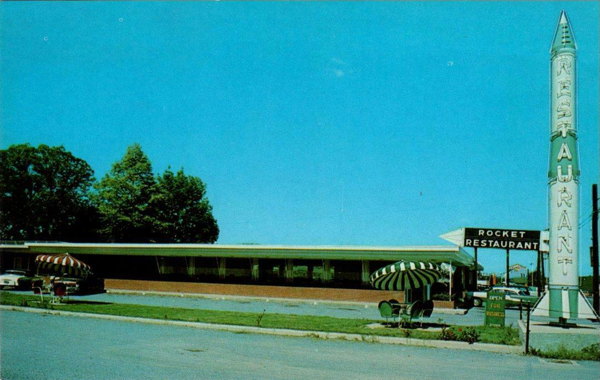
image source: hippostcard.com
The restaurant went out of business in the 1970s, and the rocket was taken down. I haven't been able to find out where it ended up.
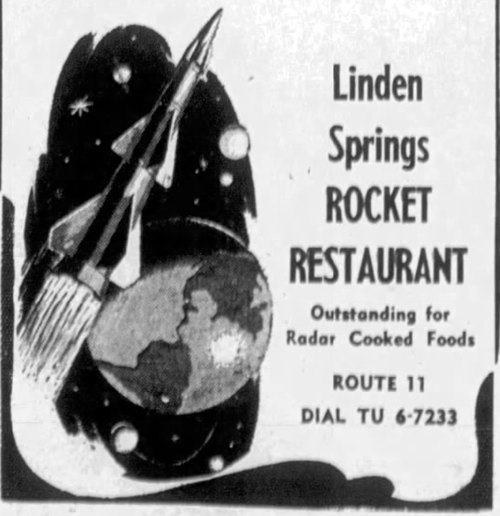
Staunton Daily News Leader - Nov 20, 1959
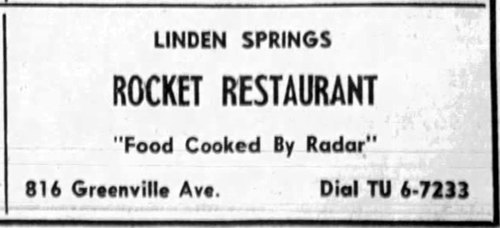
Staunton Daily News Leader - Nov 2, 1959
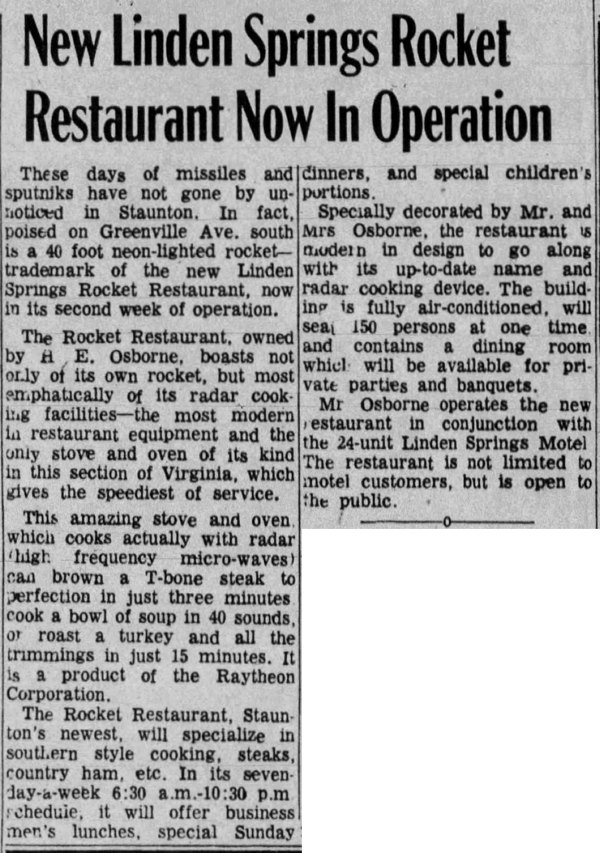
Staunton Daily News Leader - July 31, 1959
Posted By: Alex - Thu Nov 02, 2023 -
Comments (4)
Category: Restaurants, Spaceflight, Astronautics, and Astronomy, 1950s
How to quit your job and get married on $25 a week
The 1940s answer, according to the Forum Cafeteria in St. Louis, was to save money by eating at their restaurant. Based on the menu, it sounds like it was decent food.I don't think you'd ever save money by eating out nowadays, unless you're ordering from the dollar menu at a fast food restaurant.
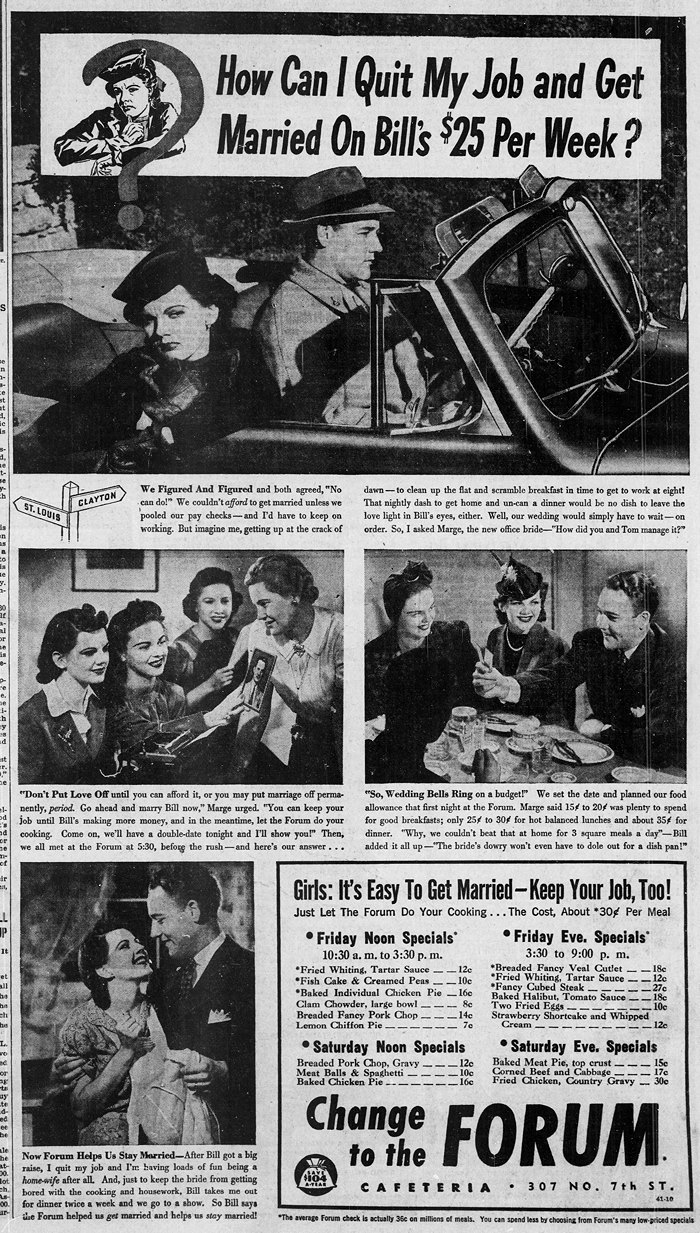
St. Louis Post Dispatch - May 1, 1941
Posted By: Alex - Wed Jun 07, 2023 -
Comments (0)
Category: Restaurants, Advertising, Marriage, 1940s
Largest Dripping Candle Known
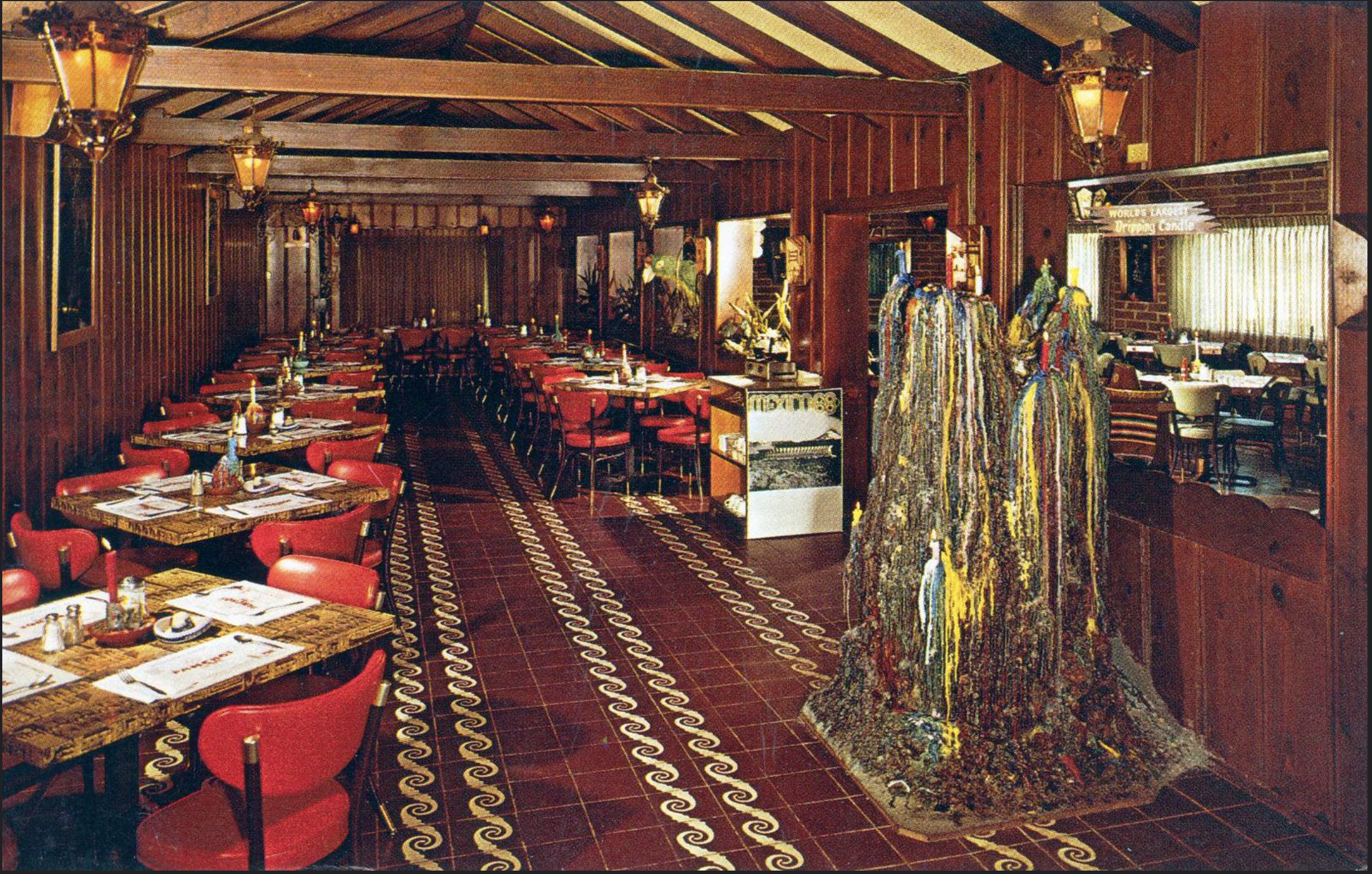
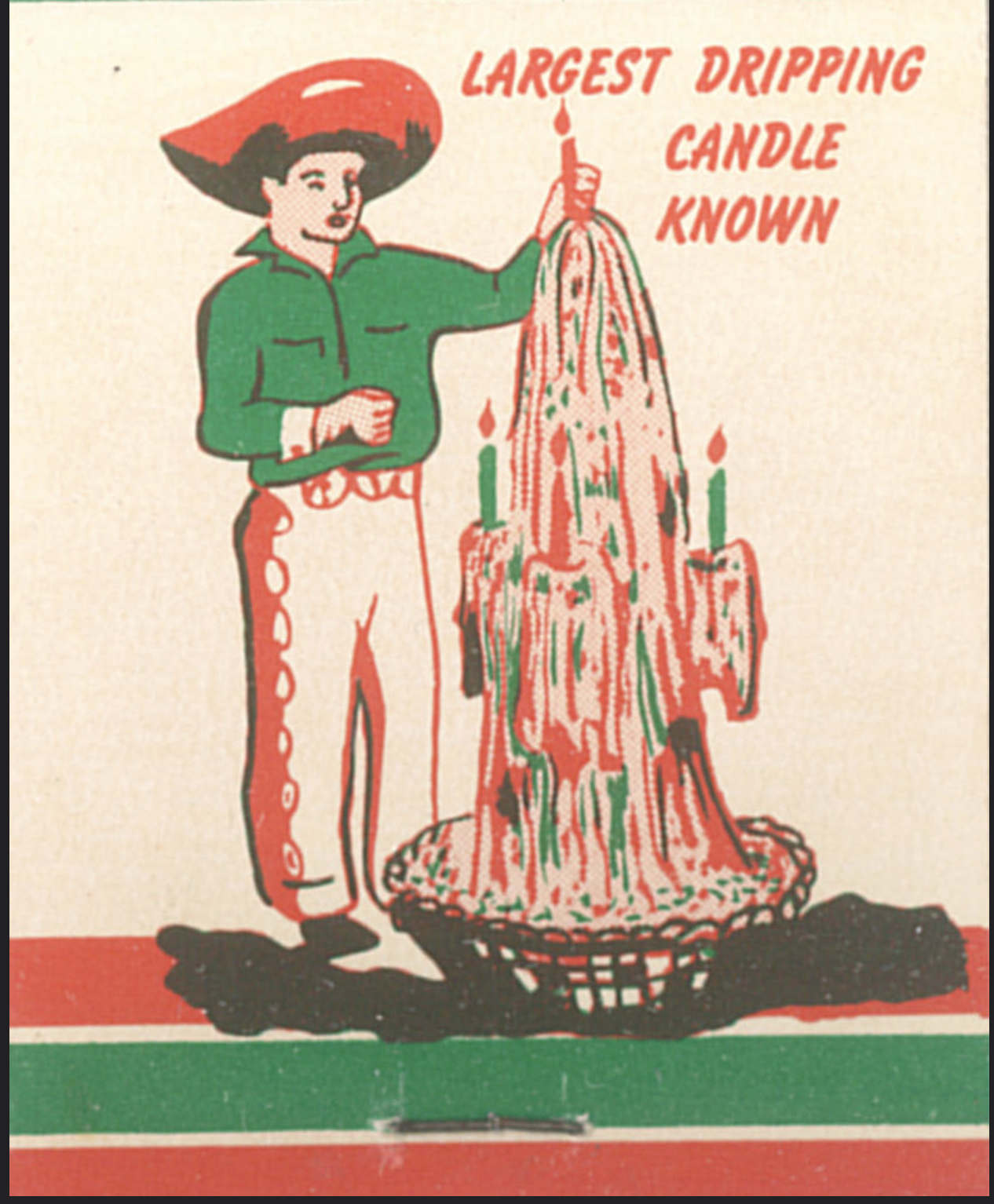
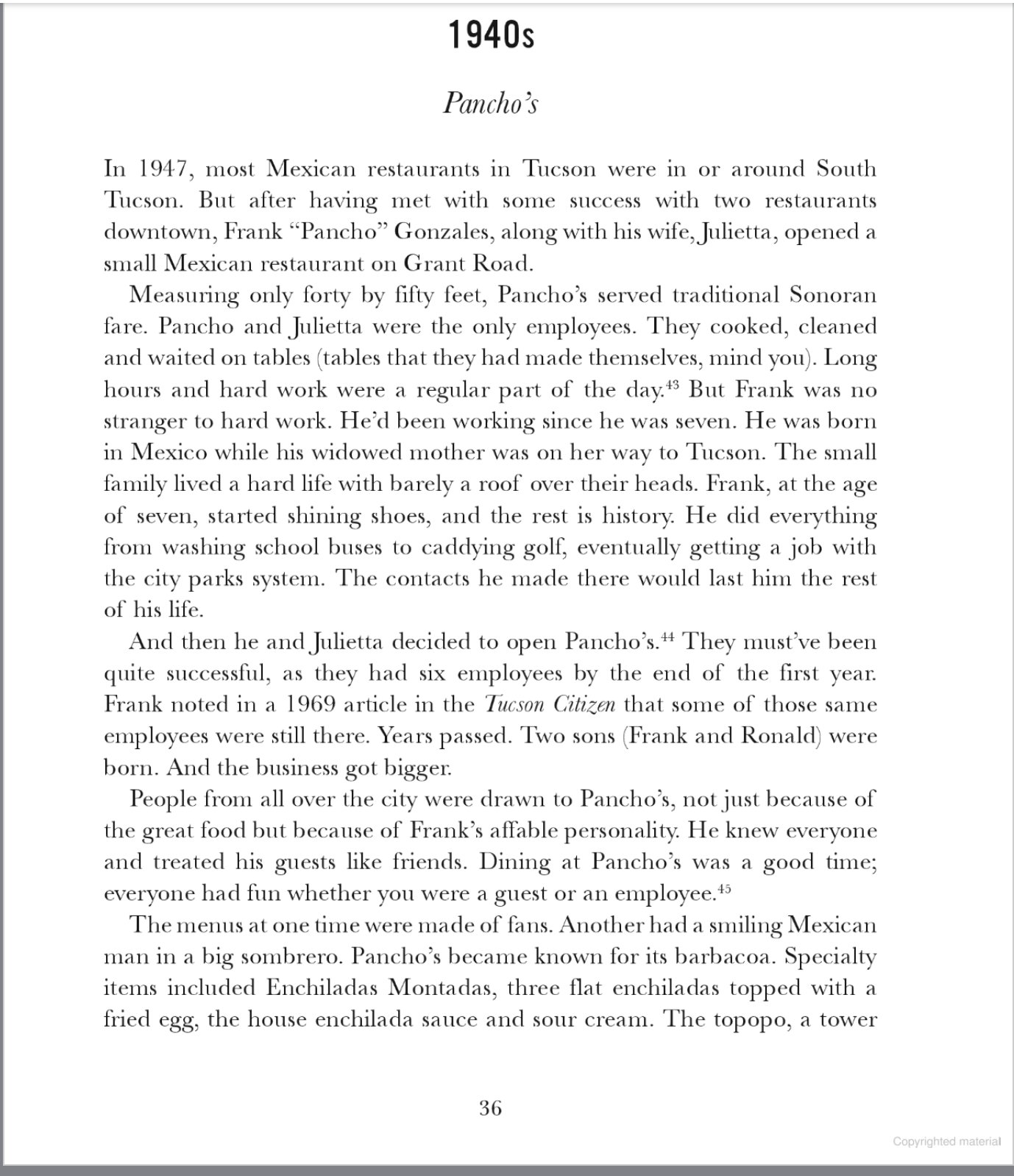
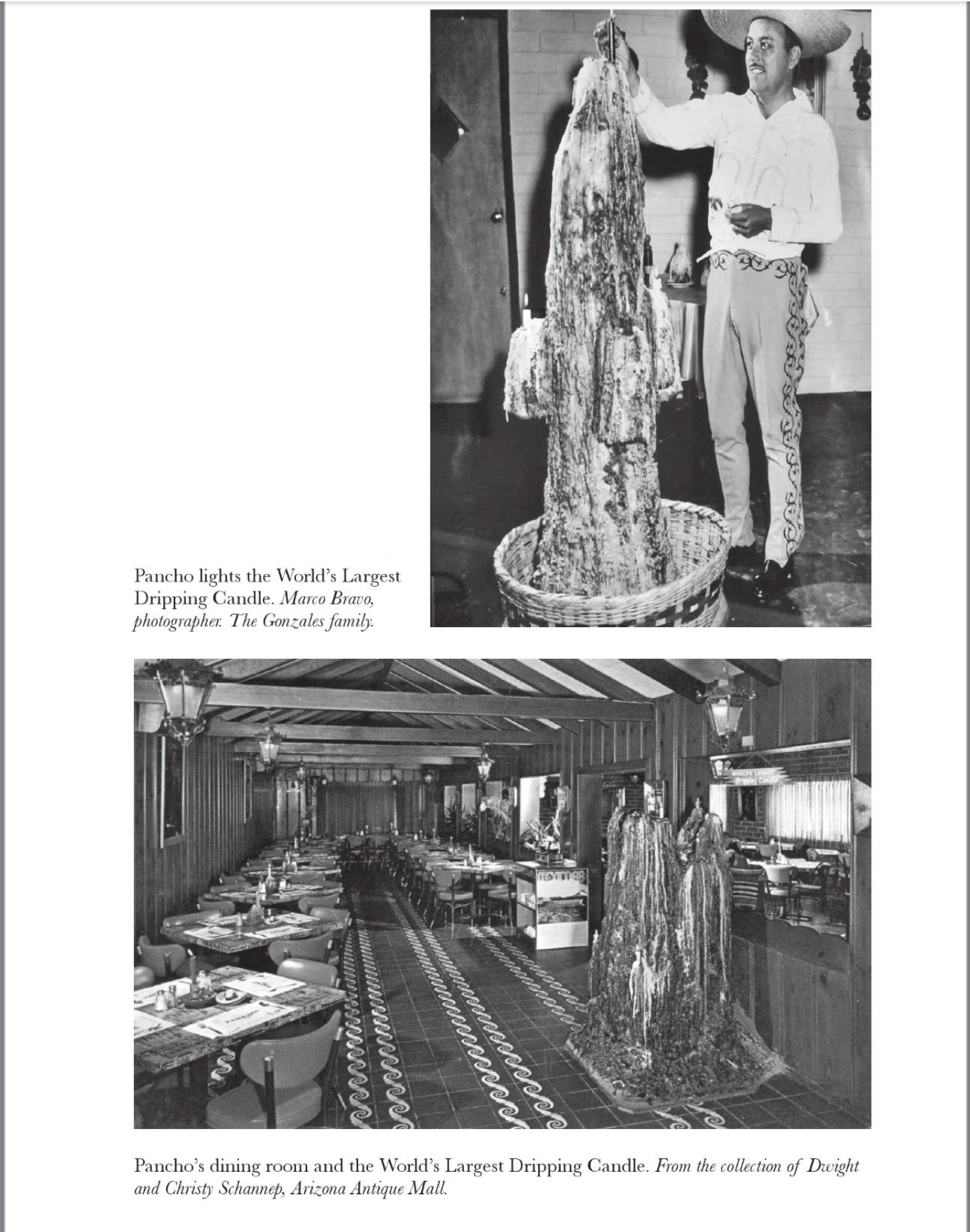
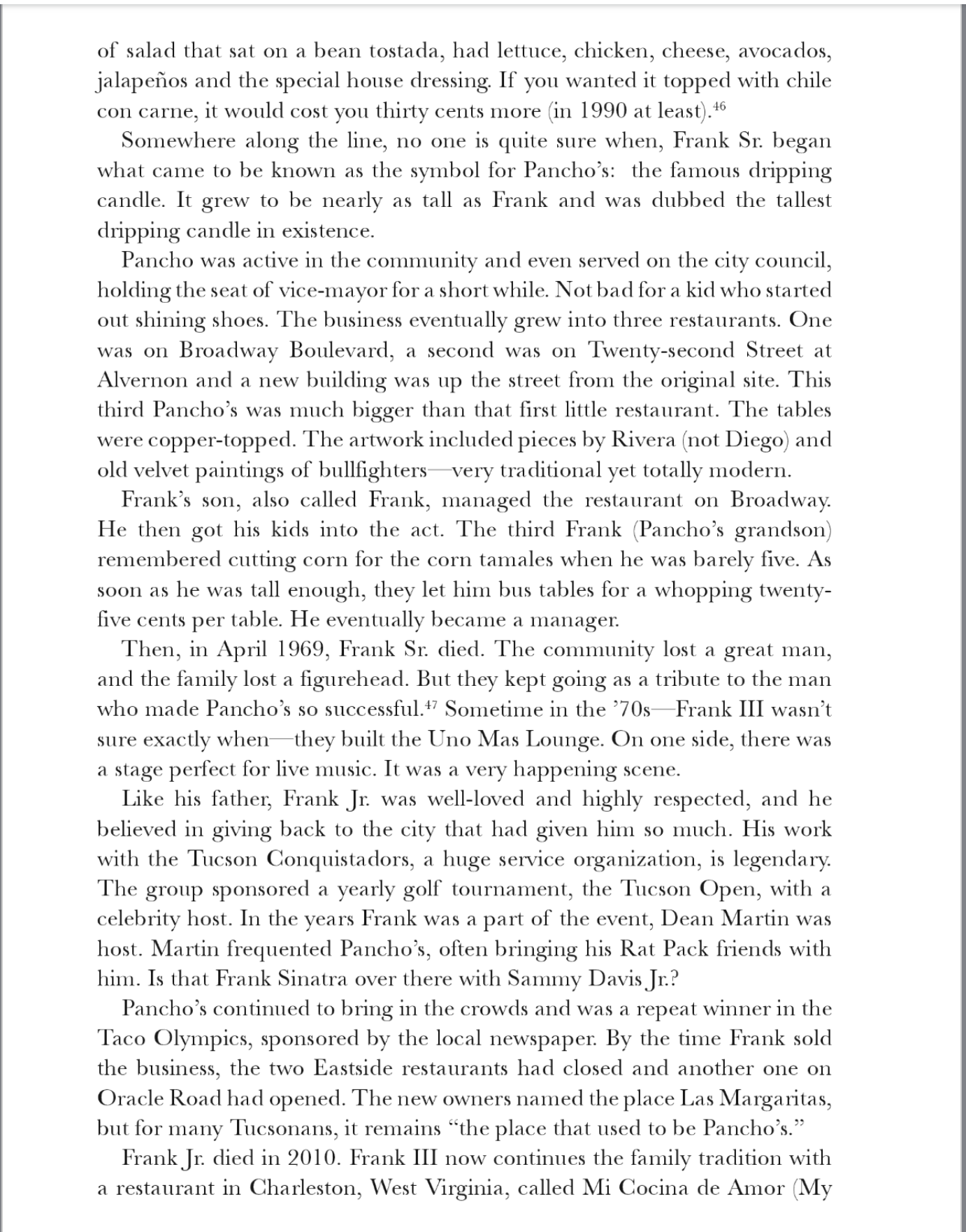

Posted By: Paul - Sun Jun 04, 2023 -
Comments (2)
Category: Excess, Overkill, Hyperbole and Too Much Is Not Enough, Restaurants, World Records, 1940s
Biggest gratuity ever?
In 1941, when Dolores Moran was 15, she worked as a waitress at a drive-in restaurant in San Jose, California. One day she served a local farmer some coffee and hamburger. The next year Moran left San Jose and moved to Hollywood where she achieved brief fame as an actress.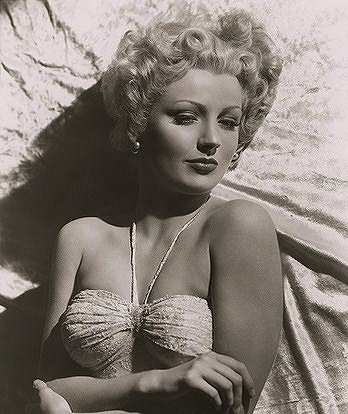
Dolores Moran. Image source: wikipedia
By the 1960s her acting career had ended. But then, in 1968, Moran learned that the farmer she had served at the drive-in 27 years ago had died, leaving her his apricot orchard valued at around $300,000 (or $2.5 million in today's money).
Moran had no memory of serving the farmer, whose name was Anthony Ponce. Nor had the two ever communicated since then. She said, "for the life of me I can't remember the man." But evidently she had made a big impression on him.
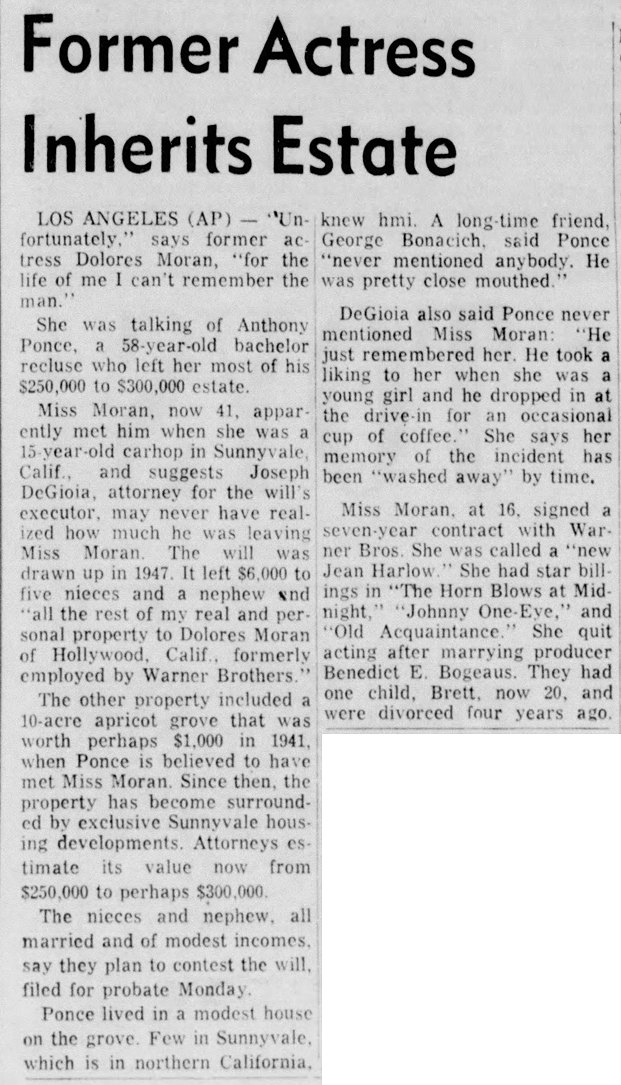
Monroe News Star - Dec 18, 1968
Ponce's relatives contested the will, arguing that he was not of sound mind when he made it. I haven't been able to find out how the case was settled, but I'm guessing Moran got to keep the orchard since it's usually fairly difficult to invalidate a will.
If she did get to keep it, then that would have to count as one of the biggest gratuities of all time. Perhaps the biggest? Especially for an order of coffee and hamburger.
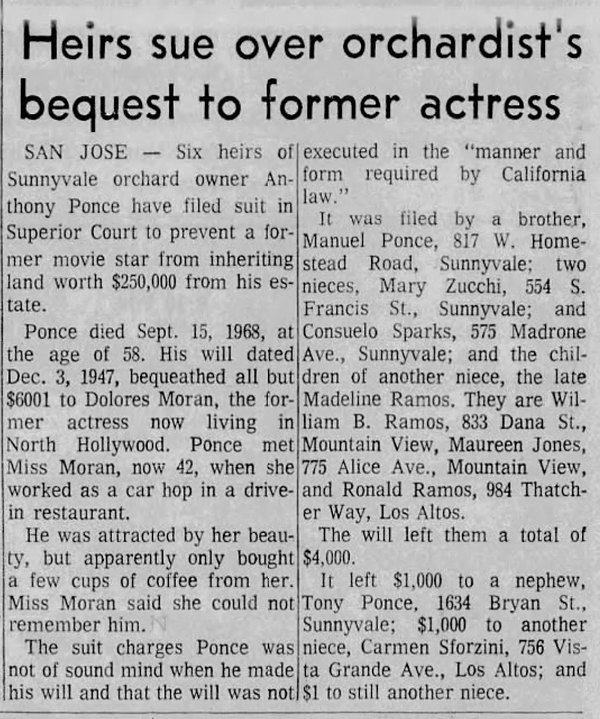
Peninsula Times Tribune - Feb 19, 1969
Posted By: Alex - Thu Apr 06, 2023 -
Comments (3)
Category: Death, Inheritance and Wills, Law, Restaurants, Actors
Oh Great, Now What?
Artists Paul Velick and Francis Shishim joined forces in 1975 to create the personae of "Bob & Bob." As Bob & Bob they engaged in performances such as the following:Text from Source book of California performance art.
I'm surprised the restaurants only threw them out. I figured an expensive restaurant would report you to the police, at the very least.
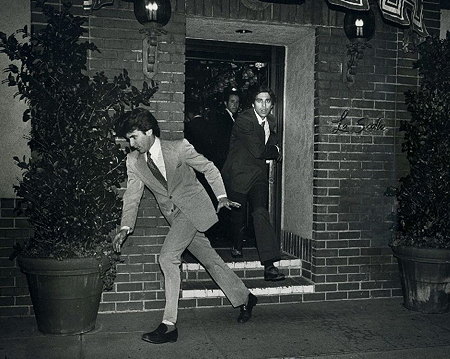
image source: BobandBob.net
Posted By: Alex - Thu Mar 30, 2023 -
Comments (2)
Category: Restaurants, Performance Art, 1970s
Follies of the Madmen #549
Posted By: Paul - Tue Dec 13, 2022 -
Comments (0)
Category: Family, Newspapers, Restaurants, Advertising, Comics, Junk Food, 1960s
The Cave Restaurant and Resort of Missouri
Alas, it closed in 2015.When it was last for sale, a mere quarter-million. Call the realtor to see what you can arrange.
Posted By: Paul - Sat Dec 11, 2021 -
Comments (2)
Category: Regionalism, Restaurants, Caves, Caverns, Tunnels and Other Subterranean Venues

| Who We Are |
|---|
| Alex Boese Alex is the creator and curator of the Museum of Hoaxes. He's also the author of various weird, non-fiction, science-themed books such as Elephants on Acid and Psychedelic Apes. Paul Di Filippo Paul has been paid to put weird ideas into fictional form for over thirty years, in his career as a noted science fiction writer. He has recently begun blogging on many curious topics with three fellow writers at The Inferior 4+1. Contact Us |




